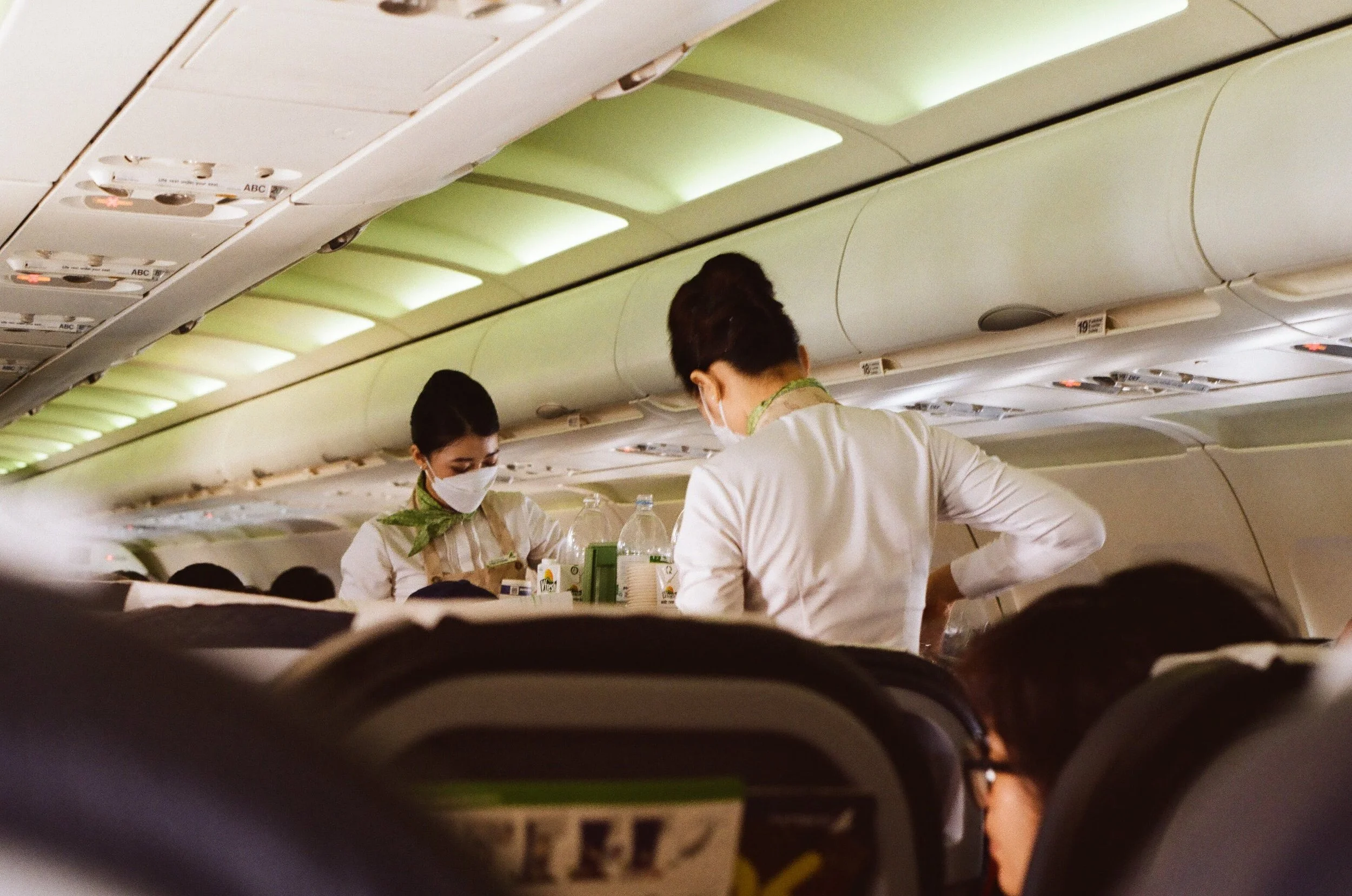The Evolution of Airlines: From Vertical Integration to Decentralized Business Models
The airline industry has witnessed significant transformations over the years, with one notable shift being the transition from vertically integrated business models to decentralized structures. This evolution has had profound impacts on airlines' bottom lines and branding strategies. Here are some reasons behind this change, its implications for airlines' financial performance, and the influence it has had on their brand image.
Understanding Vertical Integration
Traditionally, airlines embraced vertical integration, a business model in which a single company controlled various stages of the aviation process. This involved owning or controlling aircraft, maintenance facilities, airports, and even travel agencies. The aim was to achieve operational efficiencies and streamline the customer experience.
The Shift towards Decentralization
In recent years, the airline industry has gradually moved away from vertical integration, favoring decentralized business models. This shift can be attributed to several factors:
Cost Optimization: Decentralization allows airlines to focus on their core competencies while outsourcing non-core functions such as aircraft maintenance and ground handling. This approach helps reduce costs and improves flexibility in adapting to changing market conditions.
Specialization and Efficiency: By outsourcing certain operations, airlines can tap into specialized service providers who excel in specific areas. This leads to enhanced efficiency, as each entity can focus on its expertise and optimize performance.
Regulatory Changes: Deregulation and liberalization in the aviation industry have opened up opportunities for new players and increased competition. Decentralization enables airlines to adapt more swiftly to market demands, seize niche markets, and foster innovation.
Financial Implications
Decentralization has had a notable impact on airlines' bottom lines. By shedding non-core assets and functions, airlines can redirect their investments towards revenue-generating activities such as expanding route networks, upgrading fleets, and improving customer service. This reallocation of resources enhances financial stability and operational efficiency, allowing airlines to stay competitive in a dynamic market.
Branding and Customer Experience
The shift from vertical integration to decentralized models has also influenced airlines' branding strategies and customer experience. With a narrower focus on core competencies, airlines can tailor their brand image and customer offerings more precisely. This targeted approach allows them to differentiate themselves in the market, catering to specific customer segments and creating a unique brand identity.
Personalization: Airlines now have the opportunity to collaborate with specialized partners to offer personalized experiences to their customers. This could involve partnerships with luxury hotels, renowned chefs, or local cultural experiences, providing passengers with unique and memorable journeys.
Enhanced Service Quality: Decentralization enables airlines to choose the best providers for various services, ensuring higher service quality overall. By selecting the most proficient partners, airlines can enhance their customer experience, further strengthening their brand reputation.
The airline industry's transition from vertical integration to decentralized business models has been driven by the need for cost optimization, increased specialization, and adaptability in a competitive market. This shift has allowed airlines to focus on their core strengths, optimize resources, and improve financial performance. Moreover, it has facilitated the development of unique branding strategies and enhanced customer experiences. As the industry continues to evolve, it will be interesting to see how airlines leverage decentralization to stay agile, innovative, and customer-centric in the dynamic aviation landscape.


